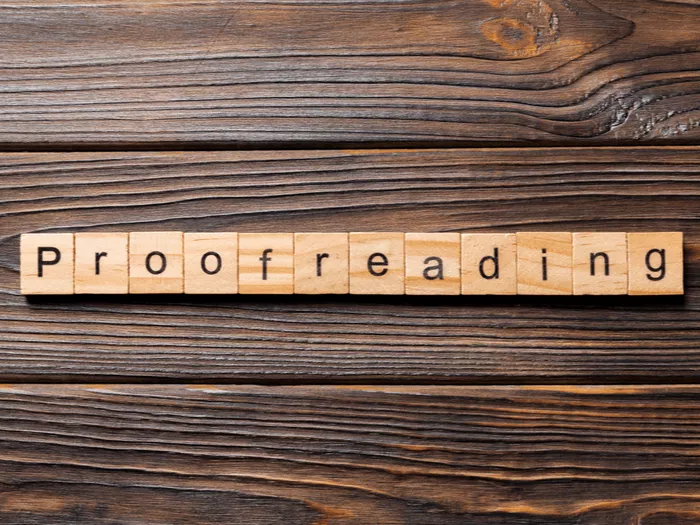All the little details of writing are difficult, and even published authors can struggle to get everything right. Thankfully, these writers have editors who clean up the writing to make authors look their best.
Macmillan Publishers’ editors ranked the most common errors they see, and shared some of their advice for writers. Here’s a colorful infographic to help you edit. You’ll find more information and links to related Grammar Girl articles and episodes below.
- 1. Misplaced commas
Commas are one of the most commonly used punctuation marks, and there are a baffling number of ways to use them. To further complicate matters, some things people think of as comma rules are actually styles, which means you may have to use them in different ways, depending on which style guide you need to follow. Comma splices, the serial comma (also called the Oxford comma), and commas between adjectives are just some of the tricky comma topics you may need to revisit every now and then.
2. Wordy sentences
With everyone’s shortened attention spans, you need to get to the point. One easy way is to avoid simple redundancies. It can also help to keep the subject of your sentence short and light.
3. Run-on sentences
Run-on sentences don’t have to be long. They are actually defined as sentences that lack proper punctuation. They’re like the opposite of a comma splice. Fortunately, you have many punctuation tools to fix a run-on sentence.
4. Passive voice
Mistakes are made. But passive voice sentences (like that last one) are easy to fix. A sentence is in the passive voice when the subject is the target of the verb’s action instead of doing the verb’s action. Often, you can add “by someone” to the end of a passive voice sentence: “Mistakes were made by writers.” Passive voice sentences aren’t always wrong, but making them active can make your writing stronger. Our example sentence here would be in active voice if we made it “Writers made mistakes.”
5. Lack of parallel structure
The brain loves to see patterns, and writing is no exception. If you have items in a list, they should share the same grammatical form. It’s called parallel structure.
6. Wrong word choice
English has so many homonyms or near homonyms that it’s easy to get confused, and spellcheck won’t help you. “Affect” or “effect”? “Home in” or “hone in”? “Further” or “farther”? Look up words when you have a hint of uncertainty, and keep a list of words that commonly confuse you.
7. Sentence fragments
Sentence fragments aren’t always wrong. These incomplete sentences can be punchy or add emphasis, but you should know what they are and use them deliberately.
8. Vague pronoun references
Sometimes a pronoun could refer to multiple people or things. “When Jack found his cat, he was very happy.” Who was happy? Jack or the cat? We can’t tell. Experts call that an ambiguous antecedents, but you can just call it something you should avoid.
9. Overused ellipses and em dashes
Ellipses and em dashes seem like more fun to use than other punctuation marks. It’s easy to get carried away, especially when you aren’t sure how to use other punctuation marks such as commas and semicolons. But overdoing it can make your writing seem flaky or amateurish. Familiarize yourself with the right ways to use these dramatic punctuation marks.
10. Improperly formatted quotations
Writers are often tempted to use quotation marks to highlight text. That meat is “fresh.” Avoid the temptation because those are called scare quotes, and they indicate that you mean the opposite of the word you’re highlighting. Also, mixing quotation marks with other punctuation can be especially confusing. In the U.S., periods and commas go inside a closing quotation mark.




